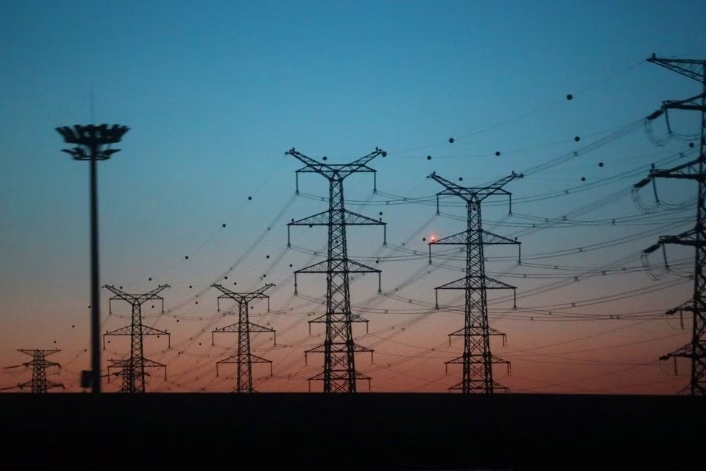
Last winter's peak demand was 1,159 GW, according to previously released data from the National Energy Administration (NEA).
China's power demand in September rose by 9.9% from a year earlier to 781,000 gigawatt hours (GWh), the NEA said earlier this month, as economic activity in the world's No. 2 economy picked up.
Hotter than normal temperatures have also contributed to higher electricity demand in the second half of the year, NEA spokesperson Zhang Xing told a press briefing.
By comparison, this summer's record peak demand was about 50 GW higher than the previous summer, Zhang said, or a 3.6% increase from last year's 1,390 GW.
While winter power supply is generally guaranteed, shortages are expected in Yunnan province, and there could be power shortages in Inner Mongolia, the official added.
To ensure a stable supply of electricity this winter, Zhang said the NEA would ensure coal production remained at a high level, especially the production of high calorific value thermal coal in Yunnan and other regions.
Stocks at power plants should be kept at record highs of around 200 million metric tons, Zhang said. In October last year - following record domestic production - coal stocks stood at 170 million tons, according to NEA figures.
Guangdong, Hainan, and other major natural gas and power producing provinces are also urged to ensure a stable supply of natural gas.